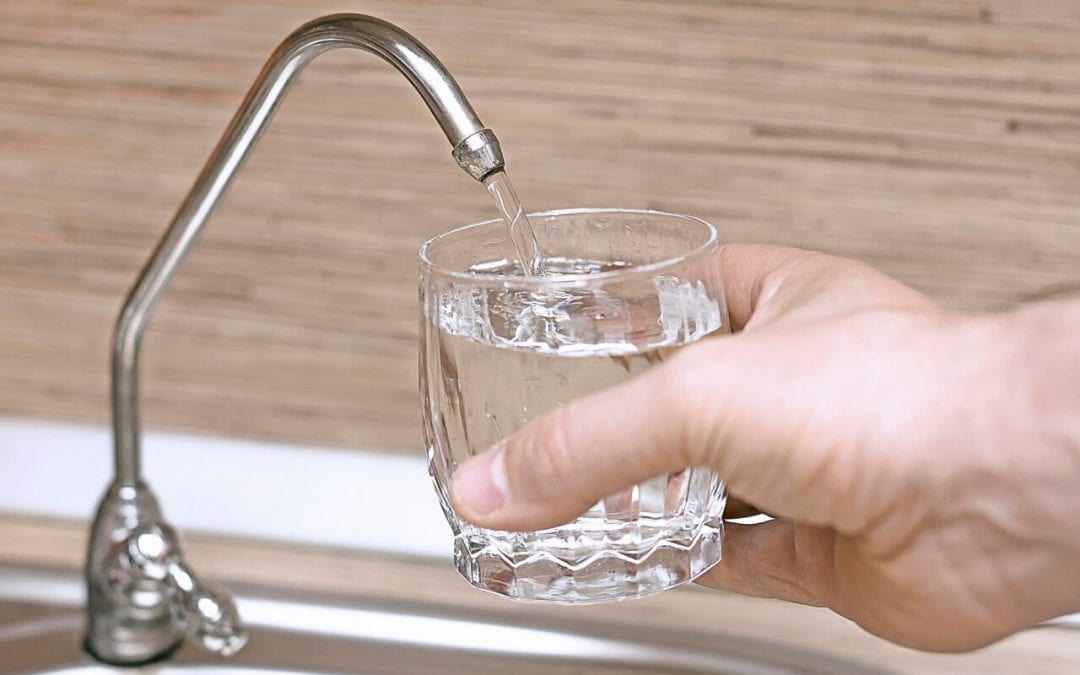Common Water Contaminants
Some contaminants are harmless, while others are unhealthy to consume. Contaminants can be removed using a water filter system. The following are some of the harmful contaminants sometimes found in tap water:
- Microorganisms, including bacteria, viruses, and cysts
- Contaminants like volatile organic compounds (VOCs)
- Chemicals like chlorine, pesticides, and herbicides
- Radioactive substances like radon
- Chemical elements like arsenic, copper, lead, and mercury
These waterborne contaminants pose health risks. It is common for drinking water to contain at least some of these pollutants. Order a water test to select the right type of filter for your household.
Types of Water Filters Include Activated Carbon
Carbon is processed to increase the number of pores that trap pollutants. Activated carbon absorbs volatile organic compounds, chlorine, herbicides, and pesticides. These filters help make water smell and taste better. They work well in conjunction with other home filtration methods.
These filters are cost-efficient and don’t require electricity. Carbon filters cannot remove viruses, metals, and minerals.
Reverse Osmosis
This method uses a porous membrane that lets water pass through as it filters out contaminants. Clean water is collected for use while water with contaminants is flushed away. Reverse osmosis (RO) systems remove heavy metals, chemicals, salts, parasites, viruses, and bacteria. They also improve water quality and taste.
RO systems don’t need electricity and are effective in removing a wide variety of contaminants. They use a lot of water to produce a little usable drinking water. RO filters cannot remove chlorine, which is a contaminant in most drinking water.
Ultra Violet Filters
These filtration systems use UV rays to kill any living microorganisms in the water. They effectively remove bacteria, viruses, and cysts. UV filters work well in conjunction with other filtration systems as an added feature.
UV filters kill 99.99% of microorganisms. They are quick and easy to use. These types of water filters require electricity to power the UV light. They only remove microorganisms, so you’ll need an additional type of filter to remove other types of contaminants.
Types of Water Filters: Water Distillers
A water distillation system involves boiling water into steam and cooling it. It then condenses into a holding container. During vaporization, water contaminants stay behind except for volatile organic compounds (VOCs) that evaporate too.
A water distiller produces pure water because it removes most contaminants. It will also improve the taste and smell of water. The distillation process takes time and produces a smaller amount of purified water. The system also requires electricity to work.
By using a water filter, you remove contaminants from your home’s drinking water. You’ll provide purified drinking water and help protect your family from the hazards of contaminated water.
Digs Doctor Home Inspections provides inspection services, including water testing, to Charlotte and the surrounding areas of North and South Carolina. Contact us to request an appointment.

